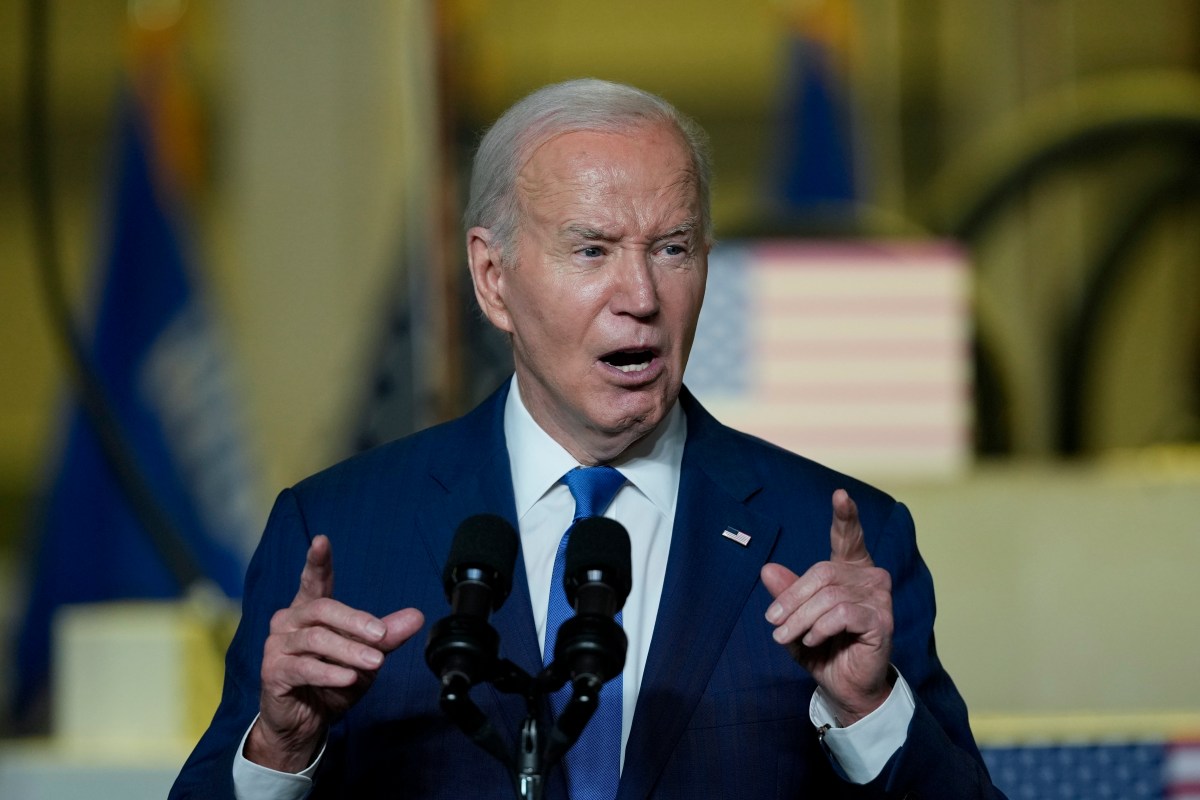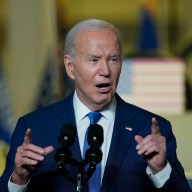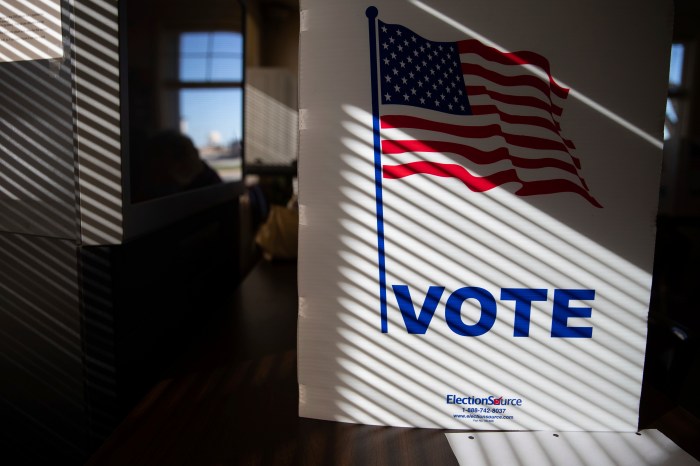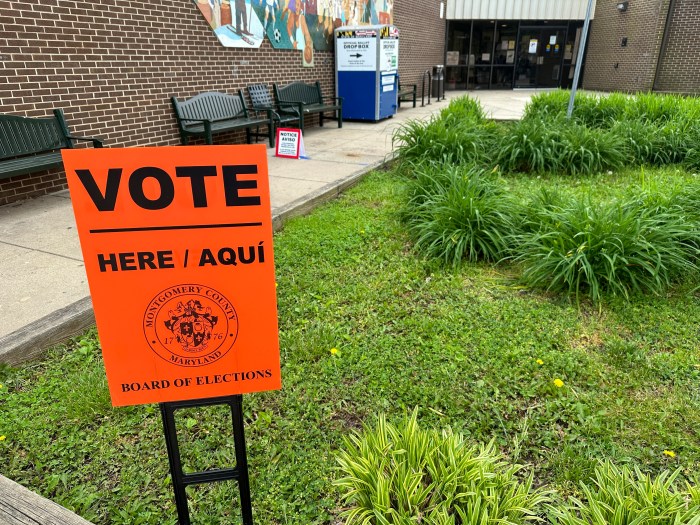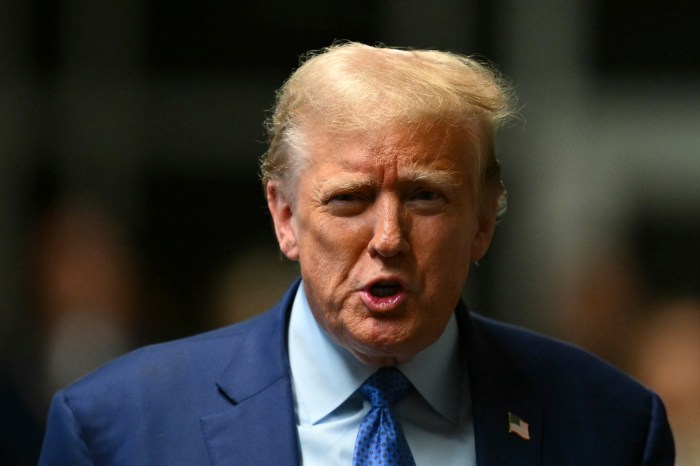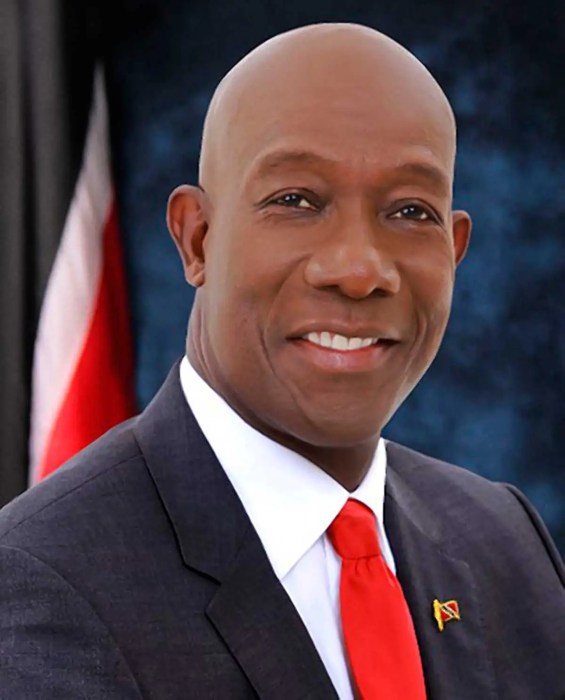WASHINGTON (AP) — The Biden White House wants voters to know about its differences with Republicans over taxes, with a top aide making the case for higher rates on corporations and the ultra-wealthy.
Lael Brainard, director of the White House National Economic Council, will deliver remarks at the Brookings Institution on Friday that get at the major tax challenge for whoever wins the November presidential election.
Many of the 2017 income tax cuts signed into law by then-President Donald Trump are set to expire after next year. If all the tax cuts expire, the vast majority of U.S. households would see their payments to the IRS increase. But if all the tax cuts are extended, another $4.6 trillion would be added to the national debt over the next decade, according to the Congressional Budget Office.
Trump, a Republican, says tax increases would destroy the U.S. economy. But President Joe Biden, a Democrat, wants to extend the middle-class tax cuts while raising taxes on highly profitable companies and the richest sliver of Americans.
“The expiration of Trump’s 2017 tax package next year will put tax fairness front and center,” Brainard plans to say, according to draft remarks obtained by The Associated Press. “The president is honoring his ironclad commitment to not raise taxes on anyone making less than $400,000 and will cut taxes further for workers and families, paid for by asking corporations and those at the top to contribute more.”
In the draft of her speech, Brainard says the 2017 tax cuts failed to deliver the growth promised by Republicans. She argues that they let wealthy households play by their own special set of rules that helped them pay lower rates than many people with middle-class earnings.
Her speech uses variations on the word “fair” 16 times in what is a clear attempt to raise awareness of the issue, as many voters are more focused on inflation, immigration and foreign policy as major policy challenges for the country.
Trump has argued that the expiration of all of his tax cuts would cause mass layoffs that could permanently cripple the economy. His remarks reflect a belief that growth stems from the choices made by companies and wealthy investors, whereas Biden is betting on growth flowing out of spending by middle-class households that feel more financially secure.
Trump’s 2017 overhaul cut the corporate tax rate to 21%, intending to make it more competitive internationally. The law also temporarily cut the income taxes paid by most U.S. households, in part by trimming marginal tax rates and increasing the standard deduction.
As a result of these changes, the nonpartisan Tax Policy Center initially estimated that a family in the 40th to 60th percentile of earners would on average save $930 annually. But someone in the top 1% would get back $51,140 and those in the top 0.1% would save $193,380.
Even though Biden has said he only wants higher taxes on the wealthy and companies, Trump tells his supporters at rallies that his Democratic rival would raise everyone’s taxes.
The Republican maintains that the high inflation under Biden as the country recovered from the coronavirus was the equivalent of a tax increase, one he claims would only worsen if Biden stays in the White House.
“Biden wants to raise taxes on top of that (inflation) and raise business taxes, which will lead to the destruction of your jobs and, you know what, ultimately it’s just going to lead to the destruction of the country,” Trump said.
Yet Trump also favors some huge tax increases of his own, having floated a 10% tariff on roughly $3 trillion worth of imports annually.
A March analysis by the liberal Center for American Progress estimated that companies would pass the tariffs directly on to their customers, causing a typical family to pay $1,500 more a year, a de facto tax hike.
Also, extending all of Trump’s tax cuts that are set to expire at the end of next year would carry a substantial price tag.
In a report Wednesday, the Congressional Budget Office estimated that extending all the cuts would add an additional $4.6 trillion to budget deficits through 2034. That sum includes the additional interest being paid from the higher national debt.
Brainard in her speech says Biden’s tax plan reflects his commitment to “fiscal responsibility.” Still, it’s not clear how he would lower the deficit as much as advertised in his budget proposal for the next fiscal year.
Biden’s plan from earlier this year assumed all of Trump’s tax cuts would expire. That means it does not include the cost of extending the tax cuts for those making under $400,000, a promise that could erode most of the $3.2 trillion worth of deficit reductions in his plan.
“President Biden is trying to have it both ways,” said Brian Riedl, a senior fellow at the Manhattan Institute and a former Republican congressional aide. “On the one hand, Biden says he will kill the Trump tax cuts and claim all resulting deficit reduction. But on the other hand, he says he won’t let the tax cuts end for the bottom 98%. And those contradict each other.”
Republicans could also face a problem in continuing the 2017 tax cuts without putting the government’s finances in worse shape.
The prospect of higher debt means lawmakers might need to float possible spending cuts, said Paul Winfree, a former deputy director of the Domestic Policy Council during Trump’s presidency. Higher debt loads could lead to higher interest rates, which would flow down to consumers in the form of more expensive mortgages and auto loans.
“I just don’t know how we can talk about extending all the cuts without also reducing spending,” said Winfree, president and CEO of the Economic Policy Innovation Center, a think tank. “If the federal government continues to spend money at this rate, it will put continued pressure on interest rates.”

